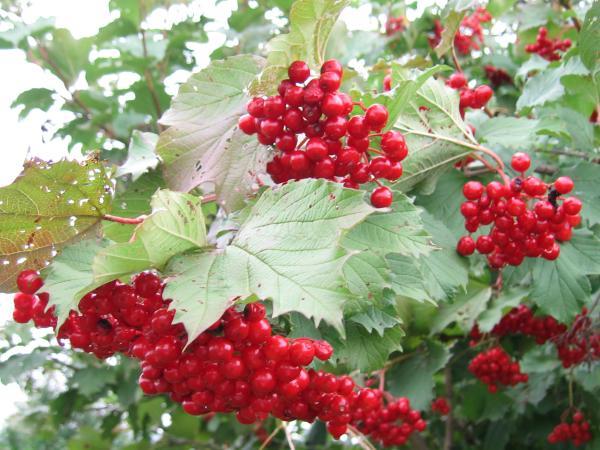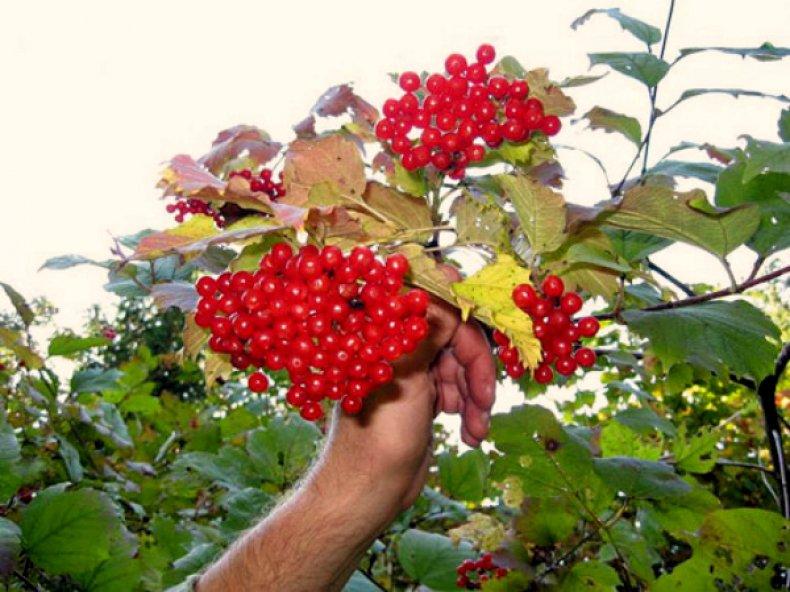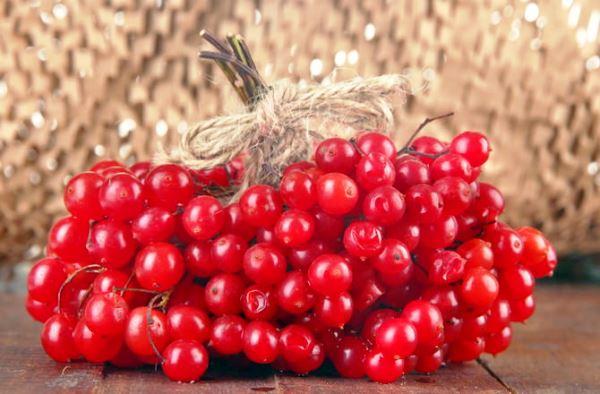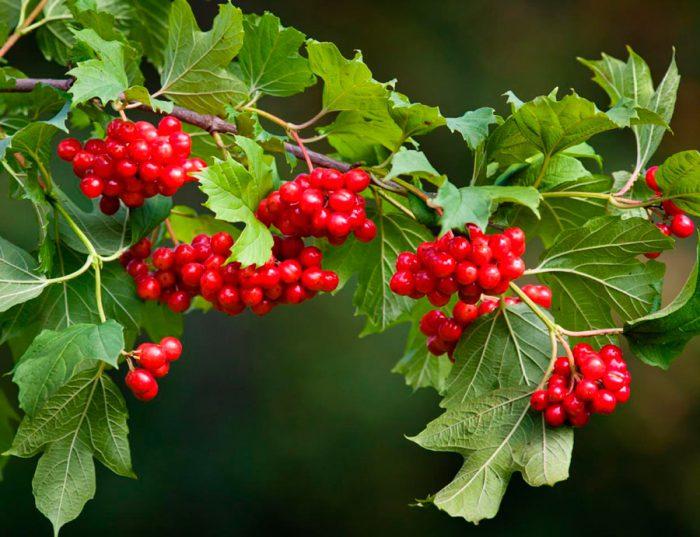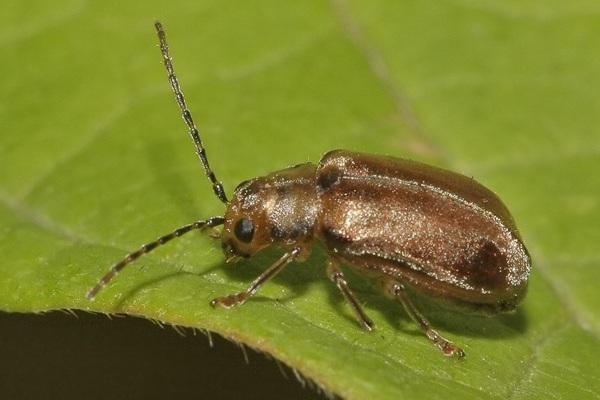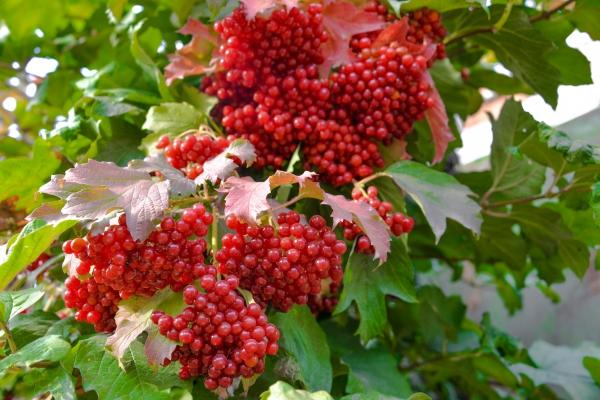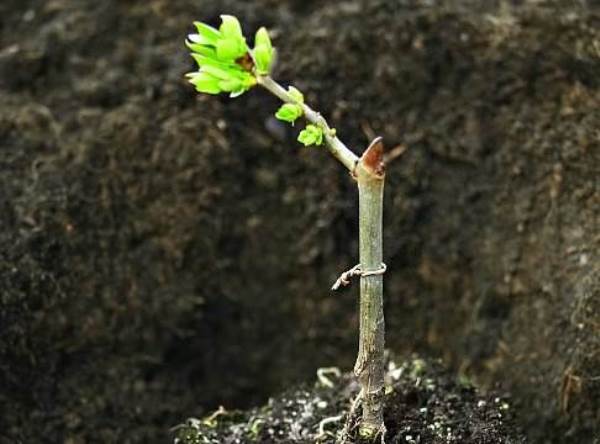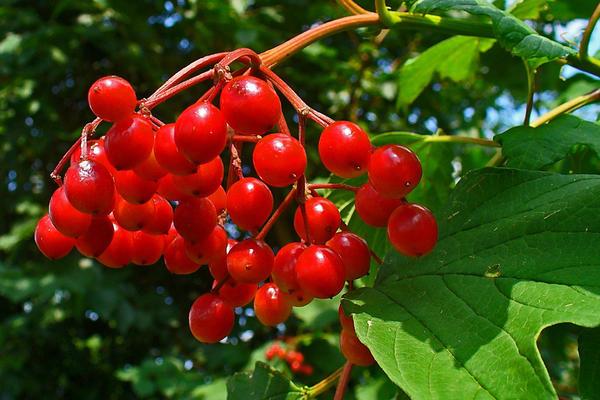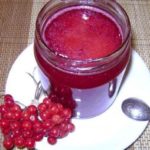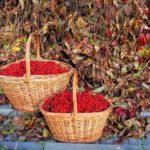The heroine of songs and legends, viburnum, has an extensive range of beneficial properties and helps in the treatment of various diseases. Therefore, many gardeners try to plant a bush with bright healing berries in their own summer cottage. You can learn more about the characteristics of various types of plants, the secrets of growing and caring for viburnum from the material presented.
- General characteristics and description of viburnum
- Types and varieties of viburnum
- The nuances of planting a bush in open ground
- When to plant viburnum
- in spring
- in autumn
- Choosing a landing site
- Soil preparation
- Viburnum planting technology
- How to properly care for viburnum
- Watering
- Top dressing
- Pruning rules
- Formation
- Disease and pest control
- Reproduction and rooting
- Seeds
- Vertical layering
- Cuttings
- Horizontal layering
- Basal shoots
- Collection and storage
General characteristics and description of viburnum
A resident of the forest-steppe and steppe zones, viburnum prefers moist soils, grows along river banks, survives frosty winters well, the bush can reach 3 meters in height. Viburnum is a perennial shrub from the Adoxaceae genus, growing in Europe, Asia and some African countries.
The flexible branches of viburnum have long been used for weaving baskets; the first mention of the medicinal properties of the plant dates back to the 16th century. There are approximately 200 species of viburnum, a plant with large-toothed bright green or reddish leaves and large clusters of bright red (sometimes black or yellow berries), used as an ornamental shrub, thanks to its branched root system, planted to strengthen the soil on slopes, used as a living hedges
White or slightly pinkish inflorescences resemble balls with a diameter of more than 12 centimeters; flowering occurs in May.
The berries are very rich in vitamins (there is more vitamin C in viburnum than in lemon), they are used to lower blood pressure, improve digestion, eliminate swelling, and are used as a general tonic and medicine. Each berry contains a large flat seed, colored in the color of the fruit pulp. The bark and berries of the plant are used for medicinal purposes.
Types and varieties of viburnum
It can be deciduous or evergreen, any type has excellent decorative characteristics. The most popular varieties:
- Viburnum common. Deciduous tall shrub with very beautiful snow-white inflorescences and bright scarlet clusters of berries.
- Kalina Buldonezh. Ornamental shrub that does not produce berries.Snow-white balls of inflorescences decorate the site and are often used in landscape design.
- Kalina Wright. The species is listed in the Russian Red Book. The fruits are perfectly stored and transported, the bush can reach a height of 2-3 meters, tolerates frost well, and is able to grow in shaded areas.
- Viburnum Canadian. The berries of this plant are black. A bush with large, wide green leaves that turn reddish in autumn. Excellent for growing in the city, it easily tolerates heavy city air saturated with harmful substances.
- Viburnum folded. Ornamental shrub with inedible berries. The lamellar spreading crown, in which during the flowering period the dark green leaves are shaded by snow-white flowers, looks very impressive; in the fall the foliage acquires a spectrum of shades (yellow, reddish), the berries change from deep crimson to black.
- Kalina Gordovina. A decorative species of viburnum, it grows slowly and is often used for landscape design. Ripe black berries are edible, but do not ripen at the same time; plantings are actively used to strengthen the soil.
- Common viburnum Xanthocarpum is a yellow-fruited variety; the berries do not differ in taste from red viburnum. The foliage remains green almost until leaf fall. Together with red viburnum it makes a chic decorative composition.
There are several sweet-fruited varieties of viburnum that have significantly less bitterness. For example, Ulgen or Taiga rubies. These berries can be eaten directly from the bush, without waiting for them to be “grabbed” by frost.
Important: you should not expect that such varieties have no bitterness at all, there is simply much less of it compared to other types.
Viburnum is distinguished by its unpretentiousness, high decorative value of bushes, and the medicinal value of its berries.
The nuances of planting a bush in open ground
In order for the viburnum bush to grow well, it is necessary to plant the plant correctly.
When to plant viburnum
The bush should be planted in the ground in autumn or spring, after leaf fall or before the leaves open.
in spring
When planting in spring, a hole of 50x50 centimeters is prepared in advance, the distance between seedlings is 2.5-3.5 meters. A three-year-old seedling is used. The soil is combined with fertilizers (1 bucket of humus or peat, Nitrophoska - 2 cups), organic matter is not added to the fertile soil.
in autumn
Plant viburnum in the 2-3rd decade of September, weeding the area, destroying weeds and grass. Autumn planting technology is the same as in spring, the main thing is that the seedlings have time to get stronger before frost.
Choosing a landing site
Viburnum grows well in sunny or slightly shaded areas, the plant loves moisture, so you should choose an area with close groundwater.
Soil preparation
Viburnum prefers neutral or slightly acidic soil. It grows poorly only on too heavy soil.
Viburnum planting technology
The prepared hole is filled more than half with soil, 2-4 buckets of water are poured in and left for a week for the soil to shrink. Then, from the remains of the soil, a mound is formed in the hole, in the center of which the seedling is installed. The roots should be straightened, after which the hole is filled and compacted. The plant is well watered and the soil around is mulched.
How to properly care for viburnum
Caring for the plant is not difficult; any type of viburnum grows well even for novice gardeners.
Watering
The plant loves moisture very much, it is necessary to water the plantings weekly, 10-20 liters of water are spent on a young bush, about 40 liters on an adult, fruit-bearing one.
Important: if the summer is rainy, watering should be reduced; during the dry period the plant needs more moisture.
The soil should be mulched after watering.
Top dressing
They feed with dry fertilizers, which are scattered over the area of the tree trunk circle. Then the plant is watered. The first feeding is carried out before the buds open or during their opening. Fertilize with urea, since nitrogen is very important for plant growth and development. 2 tablespoons are enough for each bush. The second feeding is done with potassium fertilizers during the flowering period. The third feeding is necessary after flowering. Use a complex fertilizer containing phosphorus, nitrogen and potassium. The last fertilizing is done in the fall if the soil on the site is poor and does not contain organic fertilizers. Fertile soil is not fertilized.
Pruning rules
In order for the plant to bear fruit well, it should be pruned regularly. Sanitary pruning is done in late autumn or early spring. Formative pruning is carried out in the spring.
Formation
Viburnum can be grown as a bush or small tree, it all depends on the type of pruning. It will take 3-4 years to get a tree. The lower part of the shoot is freed from buds and branches, and a trunk is formed. Side branches and root shoots are removed.
If viburnum grows as a bush, it is necessary to thin out the branches to maintain the planting yield. For rejuvenation, a third of the old branches are removed annually.
Disease and pest control
The plant suffers from aphids, you can fight it by spraying the planting with an infusion of wormwood, celandine, and tobacco dust. For radical destruction, complex action insecticides are used. In addition to aphids, viburnum is attacked by:
- viburnum leaf beetle. The damage is caused by beetles and larvae, destroying the foliage and berries of the plant.For protection, use FAS, Intavir, Karbofos, in strict accordance with the instructions;
- viburnum leaf roller - caterpillars that not only intensively eat leaves, but also entangle them in a web, preventing the growth of the plant. The caterpillars are collected and burned along with the nests; if the spread is severe, the bush is treated with Karbofos or Intavir;
- honeysuckle sawfly - the insect feeds on young leaves of honeysuckle and viburnum; also destroyed with the help of insecticides;
- viburnum and honeysuckle gall midges, for protection the plant is sprayed with a solution of Karbofos;
- black aphid - Karbofos, Komandor, spraying with infusion of chamomile or wormwood will help against this pest.
Spraying is carried out using a mask and protective gloves, in full accordance with the instructions.
Important: during the period of ovary formation and fruit ripening, the plants are not sprayed.
Diseases that affect viburnum include gray rot, powdery mildew, and leaf spot. In this case, watering should be adjusted and, if necessary, the plant should be treated with fungicides.
Reproduction and rooting
Viburnum can be propagated in various ways, some, such as propagation by seeds and cuttings, are quite labor-intensive and are rarely used in home gardens. Growing viburnum takes a long time; three-year-old seedlings are used for planting.
Seeds
It is difficult to grow viburnum from seeds at home, since seed germination does not exceed 20%. Viburnum seeds are washed and dried. Then they are kept for 2 months in nylon stockings filled with wet sawdust. Sprouted seeds are hardened for a month in the refrigerator at a temperature from 0 to +5 ° C. Then they are planted in boxes with soil.After warming up the soil, place it in open ground. The seedlings are placed in a permanent place after 2 years.
Vertical layering
After leaf fall on an adult plant, the lower branches should be trimmed, leaving 3-4 buds. Then the bush is hilled up and left until spring. In spring, the regrown shoots are earthed up again. When the cuttings grow to 20-25 centimeters, they are tied at the bottom with wire and cut by 1/3. After 2 weeks they spud again. In the fall, the rooted shoot is separated and transferred to a permanent place.
Cuttings
Viburnum is propagated by cuttings in the fall after snow has fallen. This is done at the end of November or after the onset of winter. 20-centimeter shoots are cut from the bush. They are kept in water for 3 hours, placed in a plastic bag and left in a cool room until spring. After the soil has warmed up, the cuttings are planted in the ground, periodically weeded and watered, and in the fall they are transferred to a permanent place.
Horizontal layering
In spring, strong shoots are bent to the ground and buried. The shoots are “screwed” with wire and covered with earth again. After the shoots grow, hilling is repeated 3-4 times. The height of the shaft should be 25-35 centimeters. By autumn, the shoots take root, they are dug up, separated, and planted in the desired area.
Basal shoots
At the end of spring or beginning of summer, strong shoots that have grown by 20-25 centimeters are selected. They are tied with wire at the base and spud. Hilling is carried out 2-3 more times during the summer. Then the shoot is left alone until next spring. With the onset of warmth, the rooted seedlings are transferred to a new location. Propagating viburnum plantings by root shoots is the easiest way; this is one of the most popular methods.
Collection and storage
Viburnum berries are traditionally harvested after the first frost. Frost removes excess bitterness from the fruit. Berries can be stored in clusters by hanging them in a cool, well-ventilated area. They can be placed in the refrigerator, in a plastic bag or container. In addition, the berries are frozen, ground with sugar or dried.
Viburnum is well stored and does not lose its beneficial properties for a long time. In addition to berries, infusions from the bark of this wonderful shrub have beneficial properties.
It is not difficult to grow viburnum in the country, and the bush will not only decorate the garden, but also an additional source of nutrients, an excellent helper for colds, insomnia, hypertension, and other health problems.

